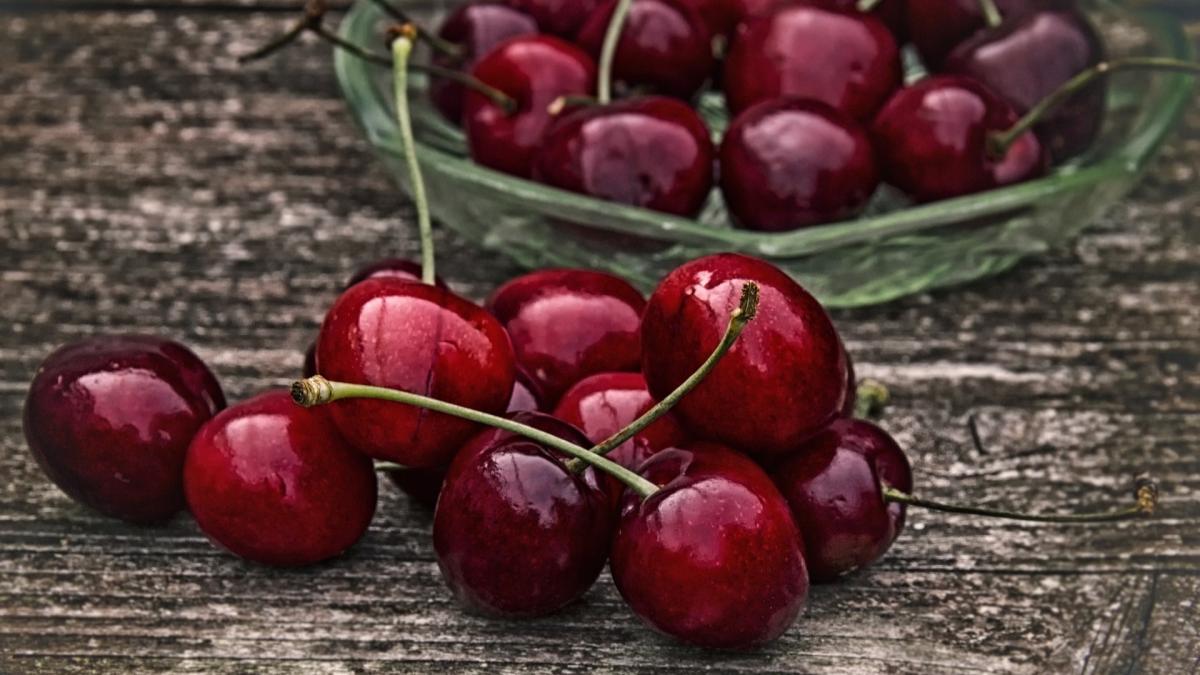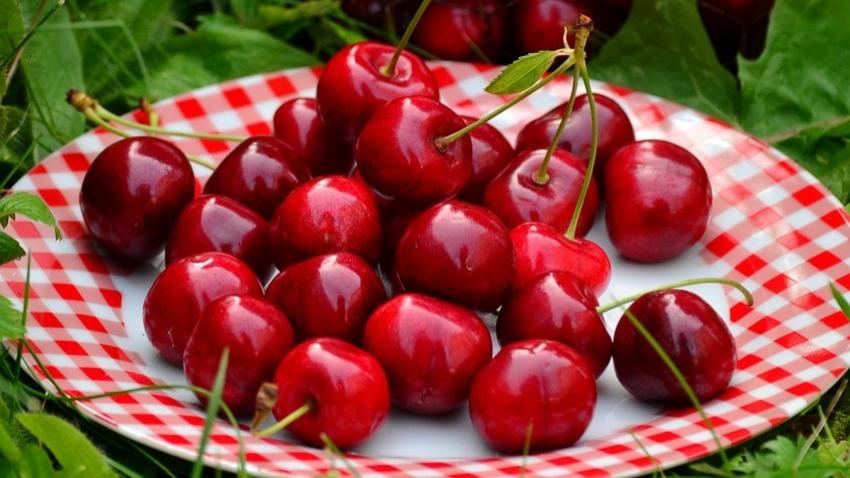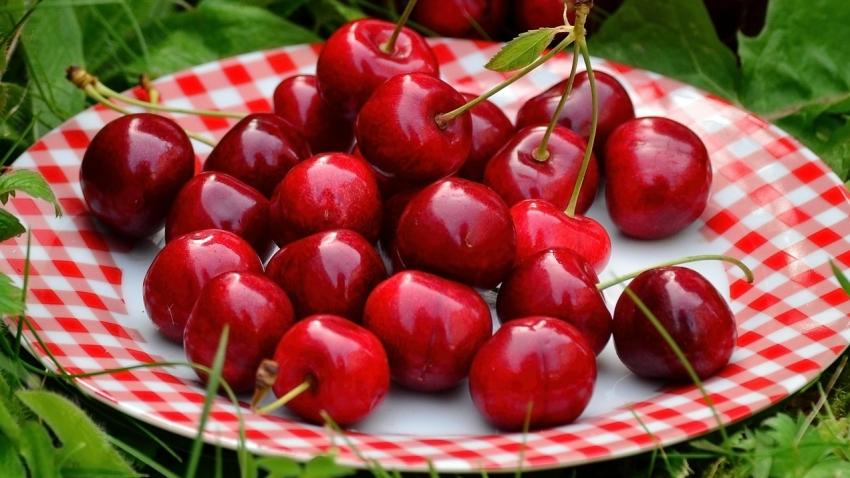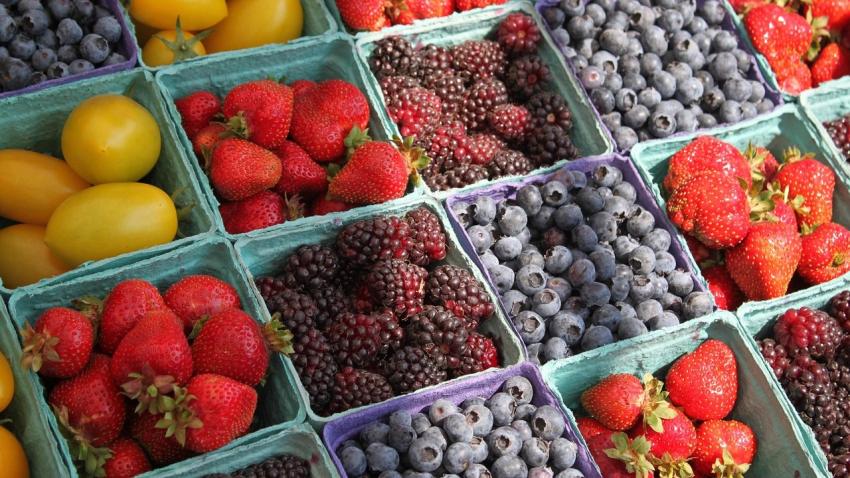You are here
Back to topChina Sees Continued Growth in Cherry Production and Imports

According to the China: Stone Fruit Annual report released by the U.S. Department of Agriculture’s Foreign Agricultural Service, China’s cherry production is forecast to increase by 6% in the 2024/25 season, climbing to 850,000 metric tons. This increase is attributed to expanding acreage and higher fruit yields. However, the more abundant supply coupled with weak market demand has led to a further decline in overall cherry prices, despite prices remaining stable for high-quality cherries. While China’s current economic downturn has had an impact on cherry consumption, imports are projected to increase to 420,000 metric tons this season, mainly on account of intensified marketing efforts by exporting countries.
Acreage Expansion Slows as Greenhouse Production Increases
Some of China’s northern regions, including the main cherry-producing province of Shandong, experienced a prolonged drought this spring. However, by early June, when the drought conditions were at their most intense, the cherry season had already ended in most areas. Growers in Yantai reported that the adverse weather conditions only affected late-maturing varieties, leading to generally smaller cherry sizes. In other key producing areas, growing conditions remained normal, and both cherry output and quality are expected to improve.
Although the rate of growth has slowed, China’s cherry planted area is expected to increase from 193,000 hectares in the 2023/24 season to 199,000 hectares in the 2024/25 season. Cherry planting has also stabilized in Liaoning and Shandong after authorities introduced new policies to regulate farmland use. High market returns have encouraged farmers to plant more cherries in mountainous or hilly areas of western provinces such as Shanxi, Shaanxi and Gansu and southwestern provinces such as Yunnan, Guizhou and Sichuan.
Industry reports indicate that greenhouse cherry cultivation is developing rapidly in higher-altitude and colder regions such as Inner Mongolia, Xinjiang, Heilongjiang and Tibet. From a nationwide perspective, the majority of cherry production still takes place in open fields, but greenhouse production has now reached almost 50% in the city of Dalian in Liaoning province, China’s second-largest cherry-producing region.
Cherry Farmers Turn to New Varieties but Quality Remains Inconsistent
According to industry sources, cherry farmers in traditional production areas such as Liaoning and Shandong are replacing older varieties such as Red Lantern with more popular ones such as Russian No. 8. Other popular varieties include Meizao, Qizao, Jiahong, Rainier, Black Pearl and Brooks. Chinese farmers generally prefer early- or mid-ripening varieties, while late-season varieties such as Lapins, Regina and Kordia account for a relatively small market share.
Cherry quality in China has generally improved in recent years, and some Chinese cherries — especially those grown in greenhouses — are now able to match imported cherries in terms of taste, color, size and freshness. However, with most cherries still grown by small-scale farmers, quality remains inconsistent. Many cherry farmers use plant growth hormones to enlarge fruit size, which can lead to deformities. Because Chinese cherry producers often lack adequate access to post-harvest pre-cooling and cold chain transportation, cherries are commonly harvested before reaching full ripeness in order to extend shelf life, which may affect sweetness and flavor. These factors all contribute to the inconsistent quality of Chinese cherries and result in very low export volumes.
Chinese Consumers Focus on Cost-Effectiveness
Chinese cherry consumption is forecast to increase as supplies improve. Additionally, enhanced marketing efforts for imported cherries beyond first-tier cities are boosting the consumption of counterseasonal cherries from Southern Hemisphere countries. However, the economic downturn has affected cherry consumption in China, especially in the gift-giving market. Consumers tend to seek out medium-sized cherries that offer better value for money, with larger two-kilogram packages proving particularly popular. Despite these trends, premium cherries, including imported varieties, continue to attract wealthier consumers owing to their larger size, firm texture, deep color and high Brix values.
Offline sales remain the primary purchasing channel for Chinese cherry consumers, accounting for approximately 70% of total sales, although e-commerce sales are growing rapidly. Online influencers conducting live streams directly from cherry orchards have proved particularly effective, bringing Chinese consumers closer to the source. First-tier cities such as Beijing, Shanghai, Guangzhou and Shenzhen remain the main markets for imported cherries, but demand is also rising in second-tier and inland cities such as Guizhou, Hangzhou and Chengdu.
With increased supplies and weakening demand, cherry prices in the 2024/25 season have fallen significantly compared with last year. In Yantai, wholesale prices for grade II Meizao cherries (10–12 grams) were around 30 Chinese yuan ($4.13) per kilogram, representing a decrease of 25% from last year. Smaller fruit sizes due to drought have also put pressure on cherry prices. However, industry insiders confirm that the prices of premium cherries remain high. In Dalian, top-grade cherries grown in greenhouses sold for as much as $40 per kilogram at farms between March and May.
China’s Cherry Imports Projected To Reach 420,000 Metric Tons
China’s cherry imports are projected to continue growing for the foreseeable future, mainly on account of increased supplies from Chile, where cherry production is expected to double in the coming years. Meanwhile, import volumes are forecast to rise from 388,000 metric tons in the 2023/24 season to 420,000 metric tons in the 2024/25 season. Both the Chilean government and the cherry sector are intensifying their marketing efforts in an effort to reach more of China’s second- and third-tier cities. Chilean cherry exports are further facilitated by the use of charter ships to specially designated ports in China. Nearly 90% of Chilean cherry imports enter China between December and February, coinciding with both the off-season for Chinese cherries and the peak consumption period of Chinese New Year.
The United States, one of the major cherry-producing countries in the Northern Hemisphere, is also anticipating an increase in cherry production in the 2024/25 season. The size and sweetness of U.S. cherries make them particularly appealing to Chinese consumers, and exports to China are projected to continue growing.
Image: Pixabay
This article was based on a Chinese article. Read the original article.















Add new comment